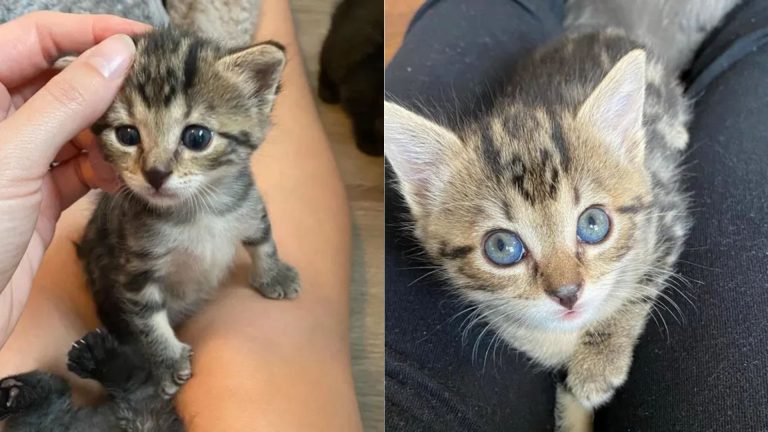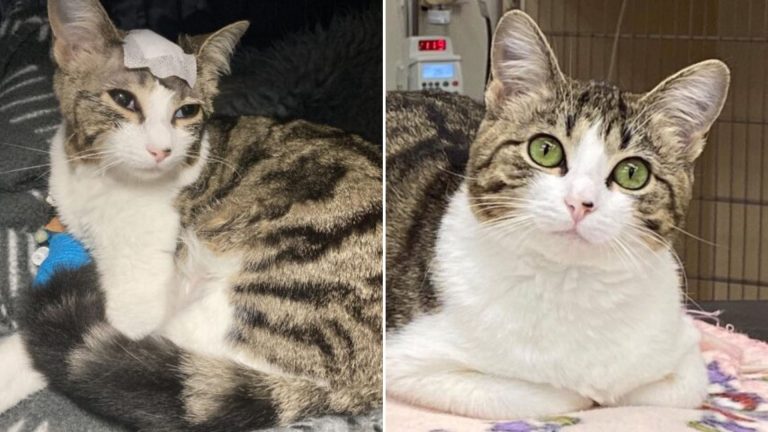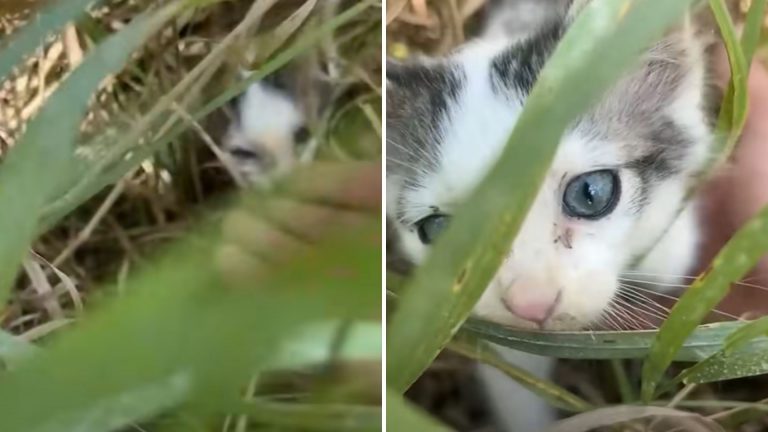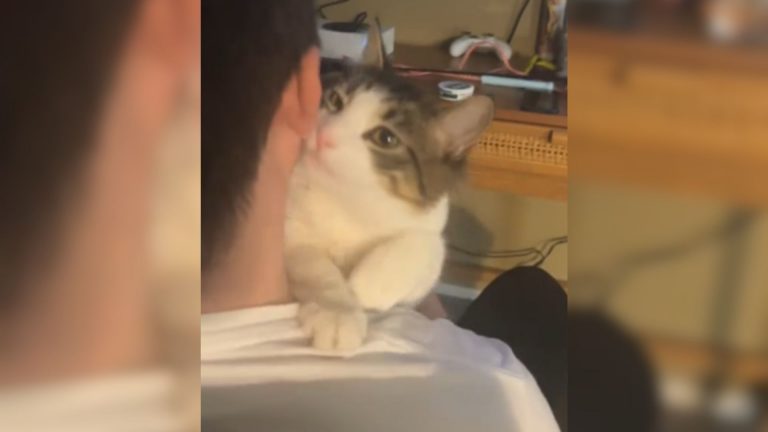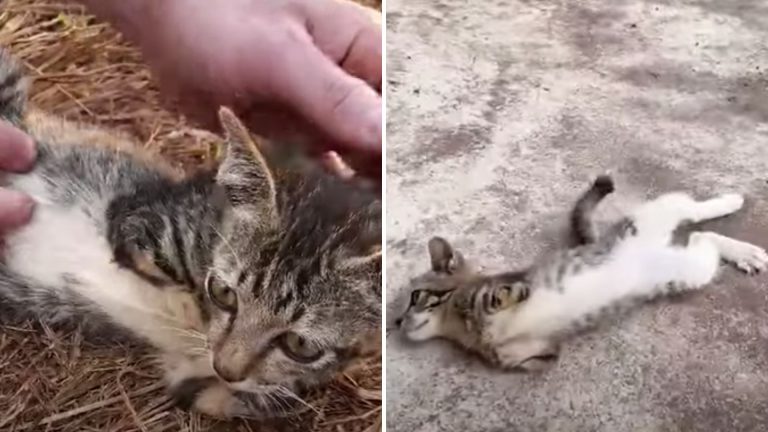Study Reveals Cats Have Almost 300 Facial Expressions
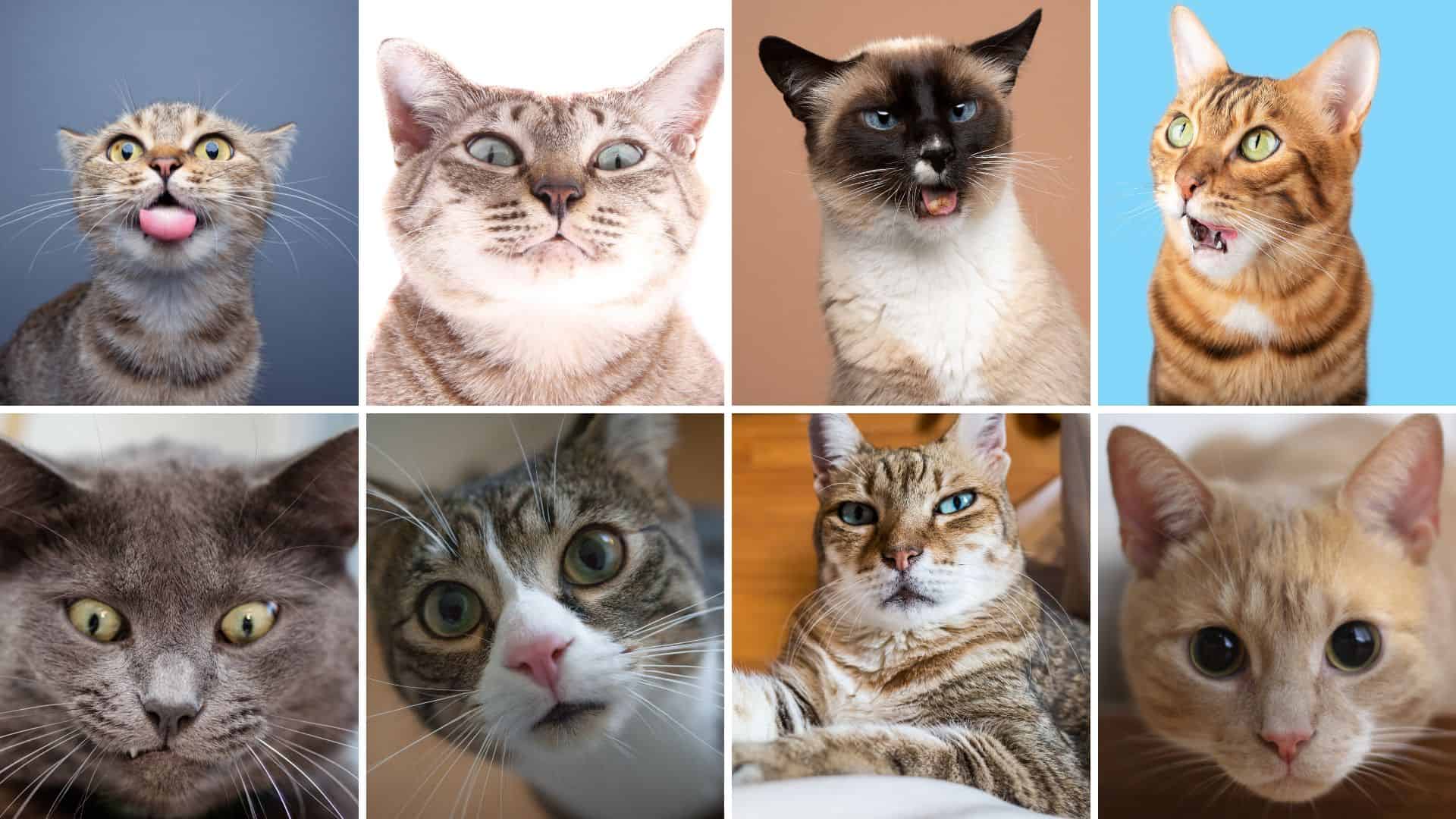
Have you ever noticed how your cat gives you a different look when they’re hungry versus when they’re feeling happy and content?
The look of sheer annoyance when you’ve rubbed their belly once too many times is a far cry from the affectionate gaze they give you when you scratch just the right spot under their chin.
And the way they eye other cats can change, depending on whether they feel threatened or safe.
There’s a common misconception that dogs are more expressive than cats, but is that really the case?
A recent study turns that idea on its head, revealing that our feline friends can have nearly 300 facial expressions, each one making them special and unique.
Intrigued? Keep reading for more details!
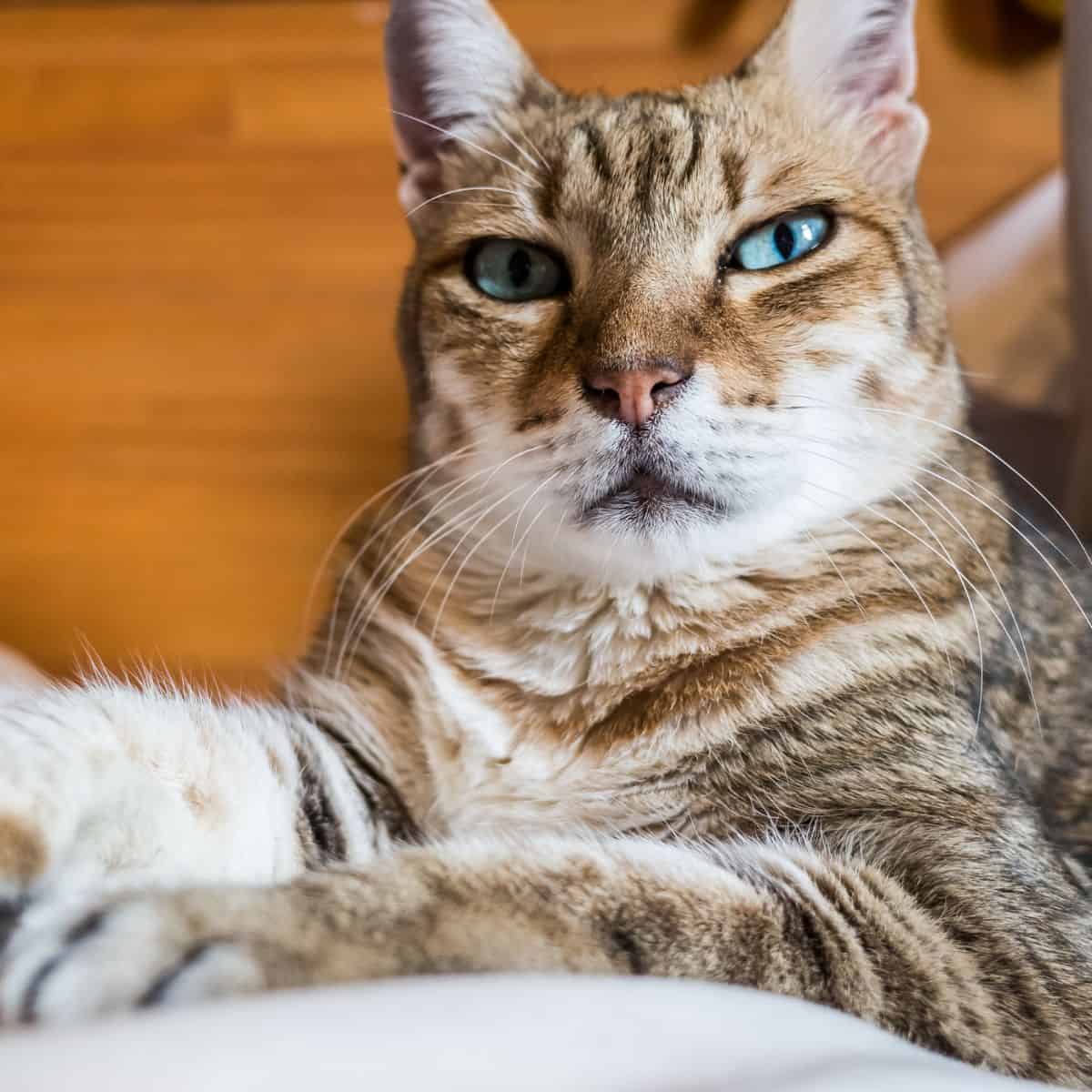
It all started when Brittany Florkiewicz, a comparative and evolutionary psychologist, teamed up with co-researcher Lauren Scott to dive into how cats communicate and express themselves.
Brittany, a lifelong “dog person,” initially thought dogs were more expressive than cats, but her research proved otherwise.
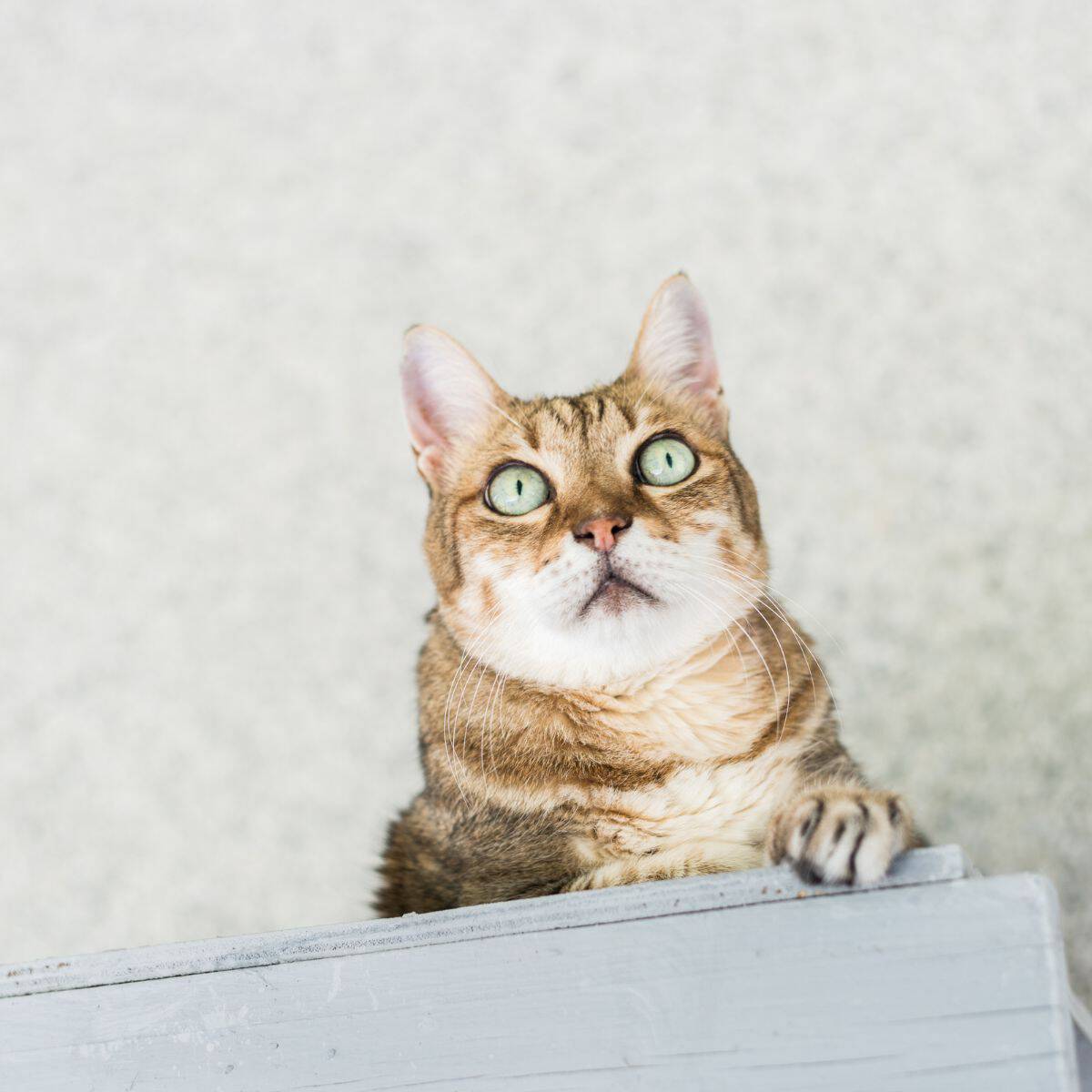
The study took place at CatCafé Lounge in Los Angeles where she filmed the resident cats – about 30 up for adoption – for several hours daily over almost a year.
The café provided these cats with ample space, food, water, toys, scratching posts, and litter boxes.
Throughout the study, as some cats were adopted, new ones arrived, bringing the total number of cats observed to around 53.

After recording, Brittany and Lauren were left with 150 hours of footage to analyze, focusing specifically on the cats’ facial expressions.
They observed the way cats position their ears, wrinkle their noses, open their mouths, or lick their lips. They concluded that cats have about 276 different expressions, which they use to convey friendly or hostile intentions.
They labeled every expression as either friendly or unfriendly.
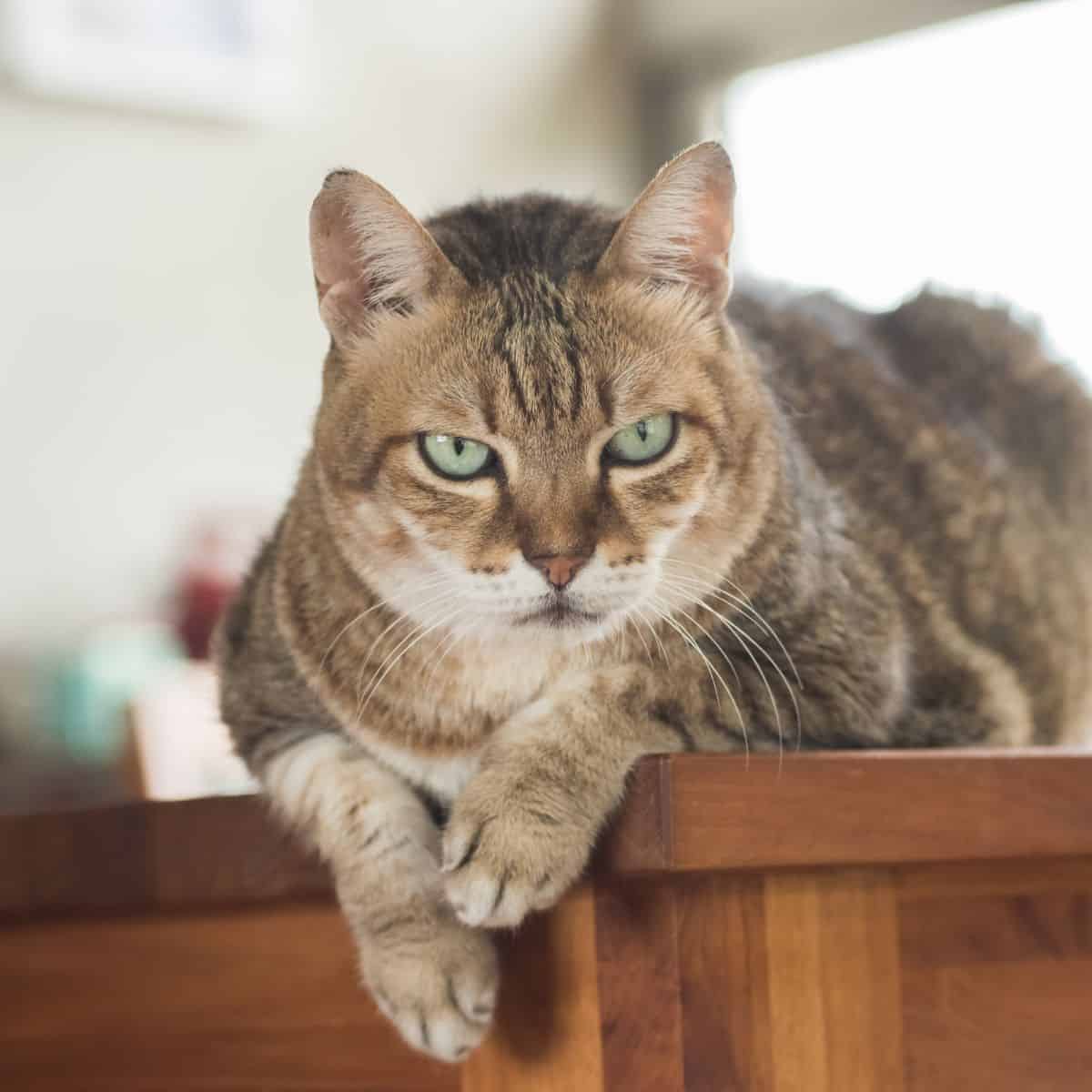
Friendly expressions included ears and whiskers moving forward and outward and eyes closing in contentment, often seen during grooming, resting, sniffing around, or playing.
Unfriendly expressions were identified in cats feeling threatened or scared, with constricted pupils, flattened ears, and behaviors like hissing, growling, or swatting.
Of all the expressions noted, about 46 percent were friendly, 37 percent were aggressive, and 17 percent were ambiguous.

Brittany’s findings, published in Behavioral Process, highlight the complexity of cat communication. She notes:
“Cat communication is much more complex than we’ve previously assumed.”
Amongst other things, her research suggests that cats, having lived alongside humans for over 10,000 years, have adapted to our varied countenances. This means that in a way they’ve picked all of their facial expressions up from us.
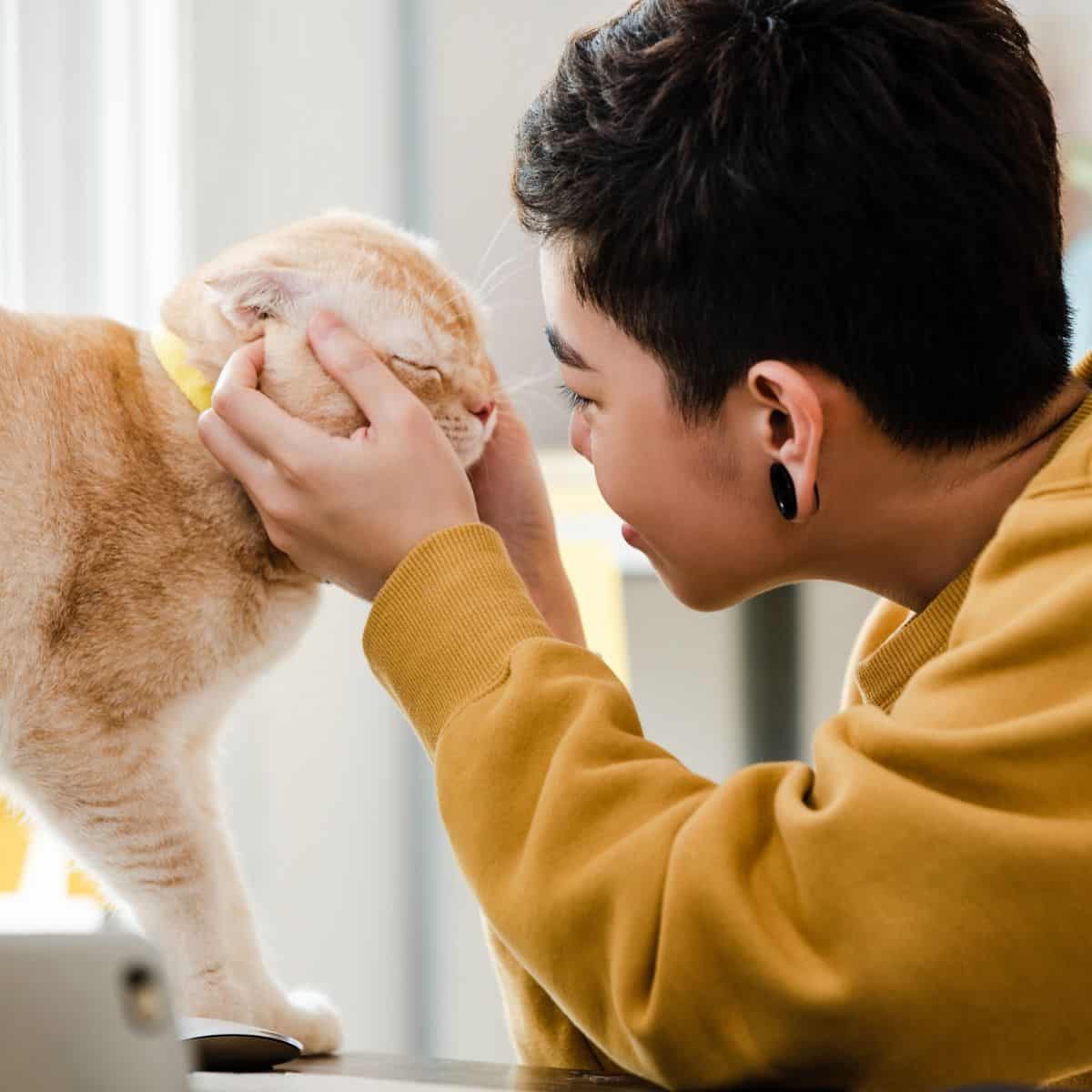
Brittany’s research has sparked some exciting future ideas. She’s currently toying with the idea of developing an app that would allow cat owners to record their pets’ interactions.
This app would be a game-changer, helping cat owners easily interpret their furry friends’ emotions.
I’m really looking forward to this becoming a reality. It would be such a cool tool for those of us with multiple cats to not only enjoy but also deepen our understanding of our beloved pets. Fingers crossed Brittany brings this app to life soon!

